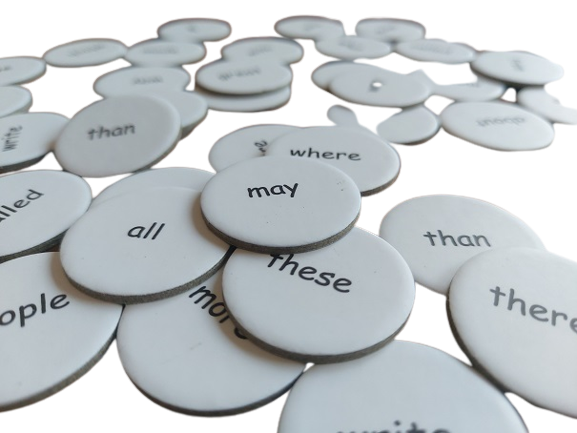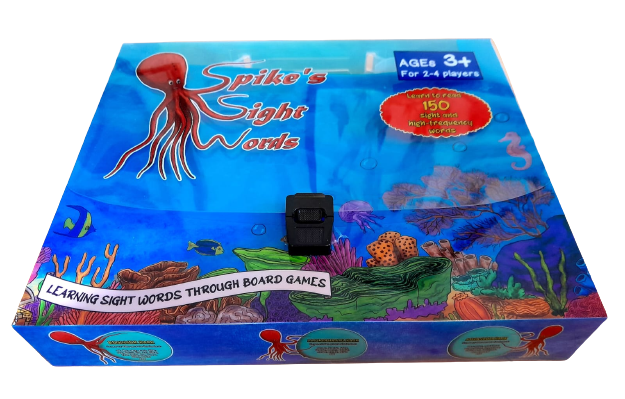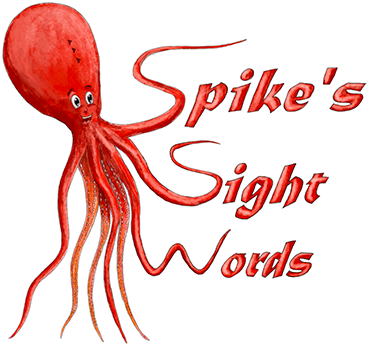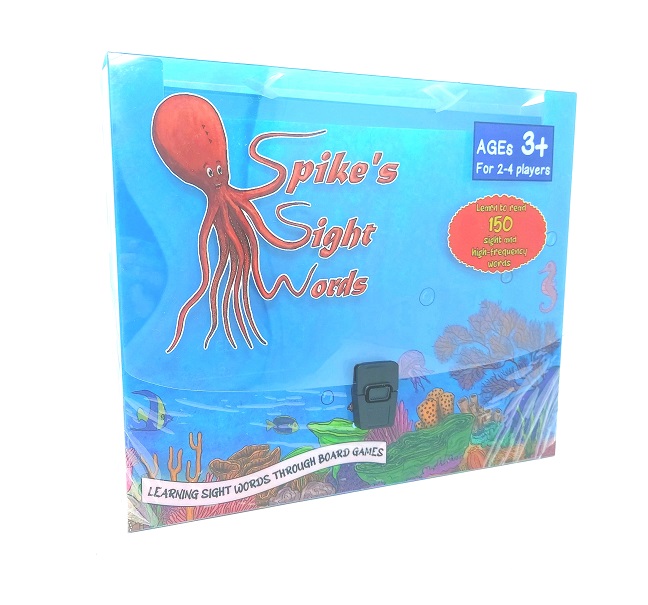What Is Orthographic Dyslexia?
A kind of dyslexia known as orthographic dyslexia is typified by trouble recognising entire words, especially those that sound different when spelled. This page describes the symptoms, causes, and differences between orthographic dyslexia and other types of dyslexia.
What is dyslexia?
One kind of learning disorder that impacts a person’s reading and spelling skills is dyslexia. Reading fluency acquisition and decoding difficulties are hallmark symptoms of dyslexia. The process of turning written words into spoken language is called decoding. Spelling errors, inadequate writing abilities, and low reading comprehension are further indicators.
Dyslexia falls into two main categories: developmental and acquired. When a brain damage causes a proficient reader and speller to lose some of their skills, it is known as acquired dyslexia. Children who struggle from birth with reading and spelling are said to have developmental dyslexia.
There are two basic types of dyslexia: phonological dyslexia and orthographic dyslexia. These types of dyslexia can be either acquired or developmental.

What is orthographic dyslexia?
Some dyslexics find it difficult to comprehend the sounds that make up words. Phonemes are the names for these sounds. A child or adult with dysphonetic dyslexia, also known as phonological dyslexia, lacks phonological processing skills and experiences difficulties understanding the various phonemes in words, which leads to difficulties reading.
While some dyslexics are able to work with sounds, others struggle to recall the appearance of letters and words. Orthographic dyslexia is the term for people who struggle with orthographic processing and have trouble recalling what words and letters look like. Since spelling is sometimes referred to as orthography, the term describes how this particular form of dyslexia frequently results in issues with spelling.
Signs of orthographic dyslexia
The following symptoms have been identified by researchers as orthographic or surface dyslexia indicators:
This particular type of dyslexia is characterised by frequent confusion between similar-looking but differently-oriented letter symbols. As a result, children and adults alike may find it difficult to distinguish between the letters b and d and p and q, which makes them more likely to reverse letters.
Words that have similar appearances, like was and saw, who and how, thought and through, and young and youth, may also cause confusion.
Additionally, they could mix up numbers that seem comparable, like 2 and 5 or 17 and 71.

- They can misinterpret a word’s letter order. For example, they could be able to recall every letter in the word “two,” but they might not be able to tell you which comes first, the w or the o. They occasionally misspell a term in a piece of writing by using two or more alternative spellings because they can’t remember how it should look.
- These words, which include hav (have), wer (were), whith (with), onere (owner), villeg (village), spers (spears), prity (pretty), tung (tongue), cretchirs (creatures), grabed (grabbed), bildings (buildings), colect (collect), vacashun (vacation), and arkialijest (archeologist), are spelled phonetically but not strangely by children with orthographic dyslexia.
- Homophones are genuine words that sound alike but have different spellings and meanings. Examples of these words are there and their, isle and aisle, hair and hare. Orthographic dyslexics struggle with these words in particular.
- Words that deviate from the standard grapheme-phoneme principles, such as said, what, who, one, does, and come, are challenging to read. These are words that must be specifically learnt and recognized visually.
- They are frequently proficient readers of new words, provided that the words sound as they are spelled, in contrast to those who suffer from phonological dyslexia. Even words like “astronomer” and “apparatus” can be accurately sounded out by them, but they could split the syllables or put the accent in the wrong spot.
- Spelling mistakes make sense phonologically. They could write “said” as “sed” and “thought as thot.”
- When there are more words on a page, they frequently read more slowly and make more mistakes.
- When they read, they might also skip lines.
- When tested on phonological awareness, they score highly.

Orthographic dyslexia causes
Orthographic dyslexia cannot be treated with glasses and is not brought on by poor eyesight. The child’s brain’s interpretation of the letters in words is the issue, not their sight. The visual word form area (VWFA) is most likely the section of the brain that is malfunctioning in a youngster with orthographic dyslexia.
Reading involves the use of two different brain regions: one is used for word sounds and the other is used for word picturing.
HAVE A LOOK AT OUR EDUCATIONAL BOARD GAMES - PERFECT FOR THOSE WITH DYSLEXIA!

